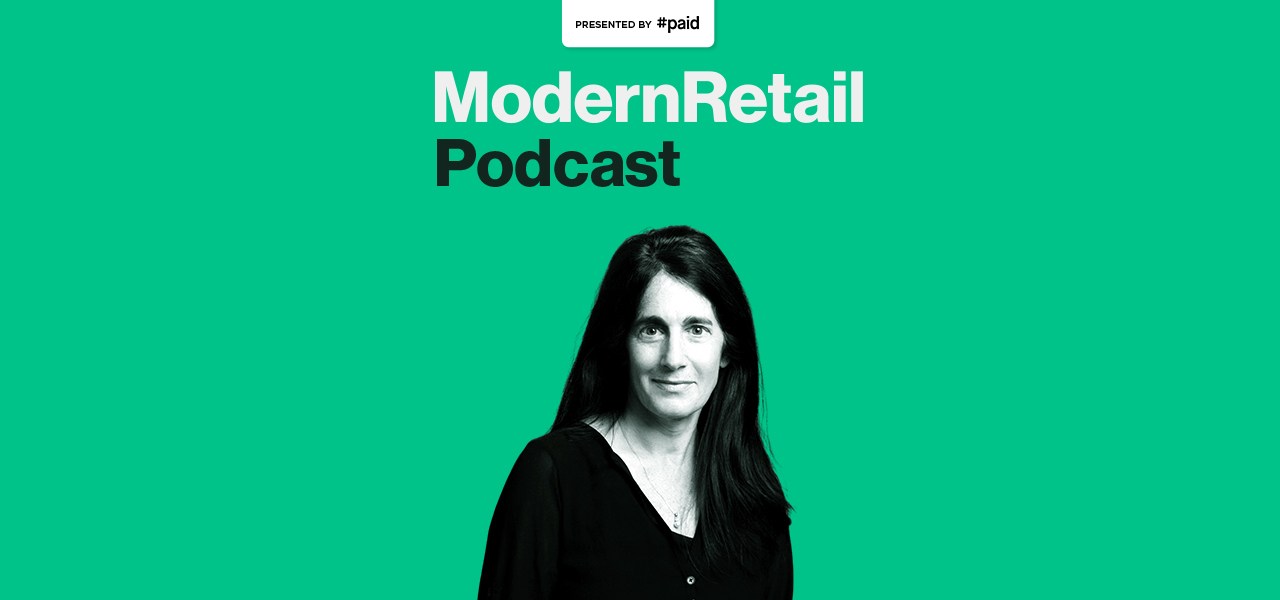Waze’s Suzie Reider on the return of road traffic and the retailers that depend on it

Subscribe: Apple Podcasts | Stitcher | Google Play | Spotify | RSS
GDP and unemployment are one set of statistics, but another way to measure the extent of the economic slowdown brought by the pandemic is a bit more mundane: Traffic.
According to the maps and navigation app Waze, traffic was down around 70% in the early days of the pandemic.
“It was like a light switch,” Suzie Reider, a managing director of global ads at Waze, said on the Modern Retail Podcast.
Within its app, the Google-owned company can offer ads for nearby businesses for drivers, including pins on the map and larger “takeover ads” filling the top third of a user’s screen (“it doesn’t actually play until you’re stopped,” Reider said).
That part of the business suffered from the drop in traffic too, of course.
“We saw a marked decline and decrease in our own advertising revenue in… it started in March,” Reider said. “Then we saw these incredible, super exciting, quick gains as we started to move through the summer and then back into the fall.”
Ad position: web_incontent_pos1
But recent signs indicate that the next wave of the pandemic may not to as harsh on the retail economy as it was earlier in the year. In France and the UK, where lockdowns have been reinstated, “you see immediate pausing of campaigns but you don’t see the cancellations,” Reider said.
Waze Ads’ biggest categories are quick serve, “casual dining,” entertainment and gas, and it works with both big chains and with small businesses that can spend as little as $2 a day on ads.
Before the pandemic, according to Fortune, the app had 130 million active monthly users around the world.
Here are a few highlights from the conversation, which have been lightly edited for clarity.
The pandemic’s effect on driving
“It was like a light switch. It turned off. The decrease in April was 71%. I’m going to give you US numbers. If there were 100 cars out and about on the road, there were only 29. driving around — I’m going to give you U.S. There was no traffic and no one was out because we were supposed to be on lockdown. At the very end of October, if there were 100 cars driving around pre-pandemic, it would have been 77. So the decrease then was 23%. So we’ve seen marked shifts in miles driven from pre-pandemic to what was then peak of pandemic to where we are this fall. The ad budget spend exactly reflects that. We saw a decline in our own advertising revenue in March. Then we saw these super exciting quick gains as we moved through the summer and back into the fall. Even today — and this isn’t a North America situation, but in Paris and London going back into lockdown — you see immediate pausing of campaigns but you don’t see cancellations. This time, it feels like we know what to do. We know what kind of data our customers are interested in, and we know how to support them. We can also be incredibly useful for customers. Early in the pandemic, I think, our team was working with McDonald’s and monitoring the levels of navigations to McDonald’s in certain areas. It was with a lot of that data that they were able to figure out the hours they should be open and their staffing. Things by no means feel normal now, but if you think back to what it felt back in March.”
Ad position: web_incontent_pos2
‘Everything at once’ for retailers adapting to the crisis
“The situations are so different. Think about what’s happening in the scope of a VP of marketing for a drugstore in this time. It’s everything. It’s the actual consumer experience in the store — where do they stand? What aisles will they line up in? Do they have the plexiglass in the right place? To the supply chain, to pricing, to ‘do they have a parking lot big enough to do curbside or pickup?’ It was everything at once. It’s like multiple quarters all pushed into one quarter as businesses were redefining and reimagining what they were doing at that time.”
Some winners in a depressed economy
“We saw some interesting things happening with customers that we never had material relationships with before. One example of that is Big Lots. If you think about the patterns we all have as consumers: We have the neighborhood grocery store we go to, the couple of restaurants that we’re used to, the drugstore that has our prescription. We’re creatures of habit, largely. And part of what happened in March — and this is going to be a really interesting thing that marketers will study in quarters to come — is the massive disruption and the opportunity for new brands to be exposed. I look at Big Lots. They poured a lot of money into Waze and were very aggressive with marketing. They’re a discount grocer, retailer. As people don’t have as much disposable income because there’s a lot of unemployment, it made a lot of sense what they were doing.”

